

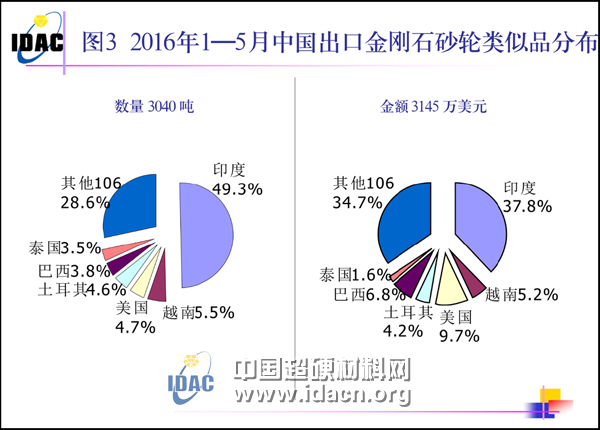
According to the statistics, the purpose of the customs to give me two products to distinguish products is not achieved. The possible reason is that the customs officials do not understand the products, and the enterprises have not strictly declared the products according to the actual products.
Therefore, the two products are better together. The total amount is 6,966 tons, 60.18 million US dollars. These products are exported to 123 countries and regions, almost all over the world; India, Vietnam, Brazil and the United States are the largest markets. See other illustrations.
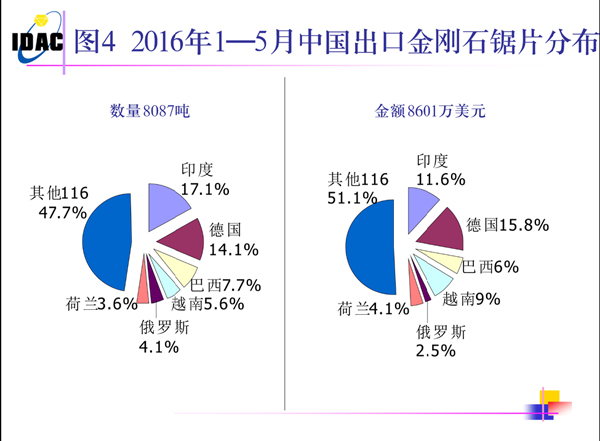

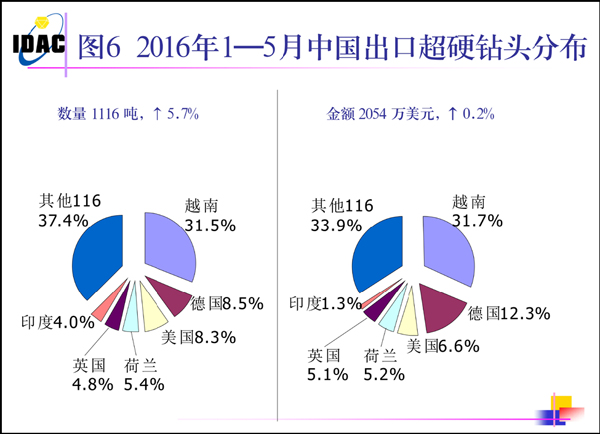
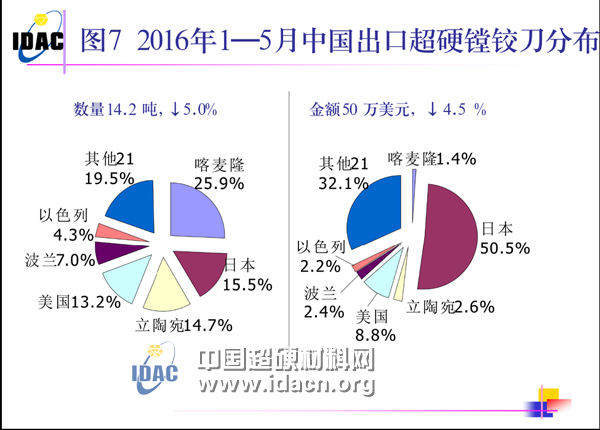


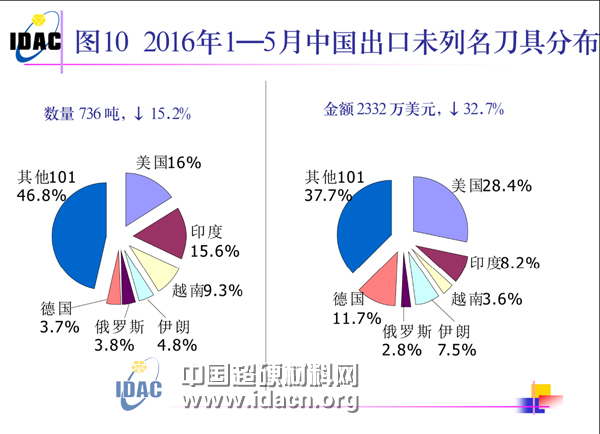

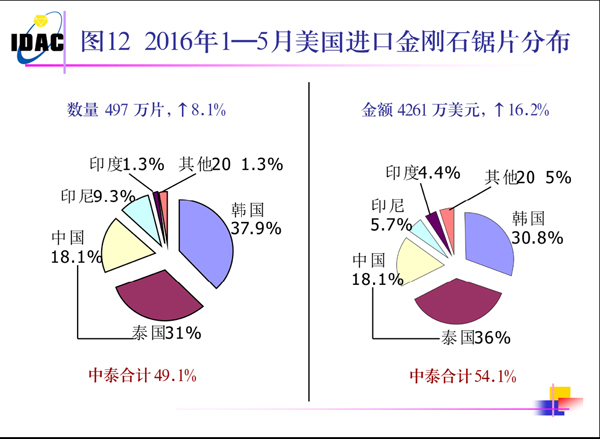
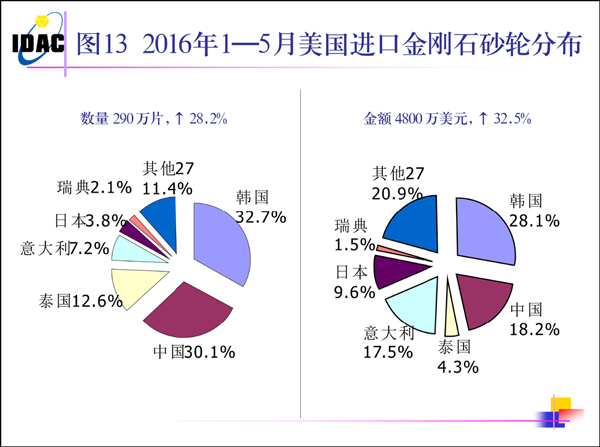
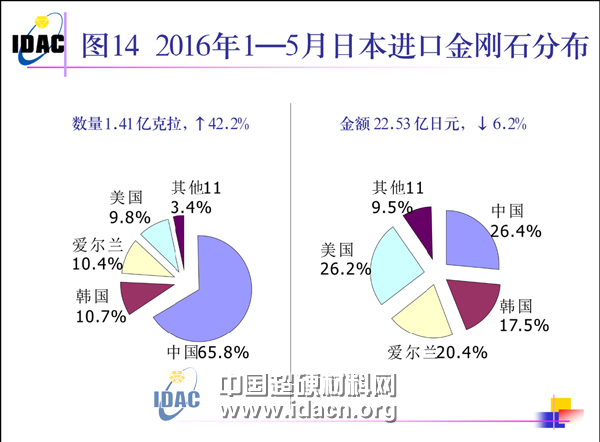
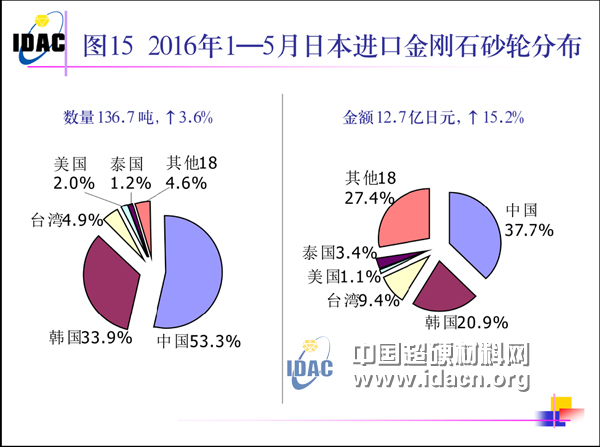

With the development of modern science and technology and glass technology and the improvement of people's living standards, the function of building glass is no longer just to meet the lighting requirements, but to have the characteristics of light adjustment, thermal insulation, safety (bulletproof, anti-theft, fire prevention, anti radiation, anti electromagnetic interference), art decoration and so on. With the continuous development of demand, the molding and processing methods of glass have also made new development. New High-tech Vacuum Glass have been developed, which has rapidly increased the consumption of vacuum glass for buildings and become the important part of building materials after cement and steel. ICESUN vacuum glass has released a series of Safety Vacuum Glass products including tempered vacuum glass, vacuum composite glass, and low-e vacuum glass for various applications, such as vacuum glass for passive house, for greenhouse, for sunroom, for transportation and so on.

Vacuum Glass For Buildings,Insulating Glass For Building,Vacuum Seal Glass For Building,Tempered Glass For Building
ICESUN VACUUM GLASS LTD. , https://www.icesunvacuumglass.com